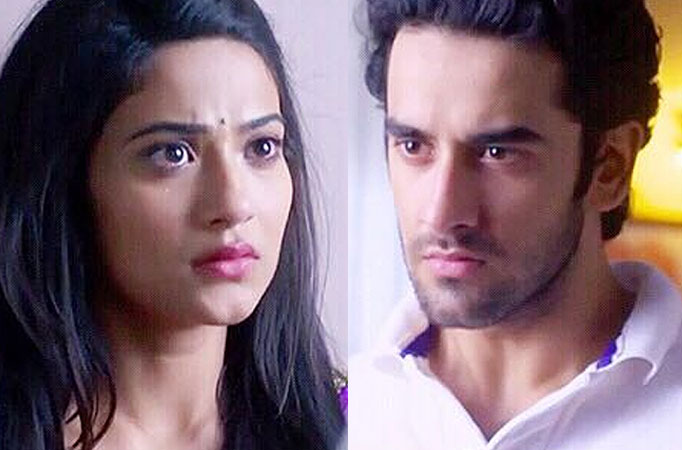
Consequently, in 1976 some of the consultant doctors in the hospital, namely K C Mahajan and B K Vohra, suggested to the trust that the management of the hospital be handed over to the doctors through a legal agreement. Further, the hospital budget was having a sizable yearly deficit. She explained that when the hospital in Karol Bagh was established in 1951, all members of the family came together to contribute whatever they could to set it up.īy the early 1970s, the hospital trust came to the realisation that while the healthcare provided by it was serving the local community, it was unfortunately not making a wider impact.

When we came to Delhi, it was a new start and the means were limited,” said Sharma. But after the Partition, things were not the same for our family. “Sir Ganga Ram, during his time, did so much work and made so much money that he could contribute a lot to charity. A portion of his ashes were consigned to the Ganges, and rest remains buried in Lahore on the banks of the river Ravi. He died in 1927 in London where he was representing India at a meeting.

Sir Ganga Ram was knighted in 1922 and was invested with this honour at Buckingham Palace by King Emperor George V. “He was invited to the Durbar in 1911 as well.” For his work in the Durbar, he received the title Rai Bahadur,” said Ashutosh Kumar, Professor of Modern South Asian History in Banaras Hindu University. In 1903, he was selected by Lord Curzon to act as a superintendent of works in the Imperial Durbar to be held in connection with the accession of King Edward VII. “Even in Delhi, Sir Ganga Ram had his contributions. One person was injured in the incident and as he fell, the mob shouted, ‘Let us rush him to Sir Ganga Ram Hospital’, easily forgetting that the hospital was named after the same person whose memory they wanted to erase. An inflamed mob, desperate to obliterate the Hindu name of Sir Ganga Ram, attacked his statue in front of the hospital with stones and shoes. What Sir Ganga Ram meant to the people of Lahore was best captured by the writer Sadat Hasan Manto in his short story, The Garland, based on a true incident that took place during the religious riots of 1947. His is also remembered for his efforts at eradication of child marriage and the upliftment of Hindu and Sikh widows. He designed and built many of Lahore’s major buildings, including the General Post Office, Lahore Museum, Aitchison College, Mayo School of Arts (now the National College of Arts), Lady Mclagan Girls High School, Ravi Road House for the Disabled, and the Lahore Cathedral. In the words of Sir Malcolm Hailey, the Governor of Punjab, “he won like a hero and gave like a saint”. He earned millions, most of which he gave to charity. An engineer by profession, he is best known for his initiative of converting a 50,000-acre stretch of desert in Montgomery district into fertile fields through innovative irrigation method. The popularity of Sir Ganga Ram among residents of Lahore is unsurprising, given the many ways in which he built the city. Dr D S Rana, the chairman of Sir Ganga Ram Hospital in Delhi, recalled a recent visit to Lahore where, on asking for directions to Fatima Jinnah Medical College, he was quickly corrected by a resident who said: “We only know of it as Sir Ganga Ram Hospital.” Even when efforts were made to rename it, locals objected. The name and efforts of Sir Ganga Ram Hospital, however, could not be removed by the tides of the Partition. After the Partition, it was renamed as Fatima Jinnah Medical College. During the same period and in the same vicinity, Sir Ganga Ram had also built a medical college by the name of his son: Balak Ram Medical College. In 1921, it was opened in Lahore, where it still stands by the same name and is currently run by the government of Pakistan. The story of the hospital, however, stretches back another 30 years. It was a small hospital with 50 beds and minimal infrastructure. In April 1951, the Ganga Ram Hospital was inaugurated by Nehru.

“Also, there were hardly any hospitals in Delhi at the time.” When the family moved here, they wanted to continue in the same way,” said Sharma. “So much philanthropy had been done by Sir Ganga Ram in Lahore.


 0 kommentar(er)
0 kommentar(er)
